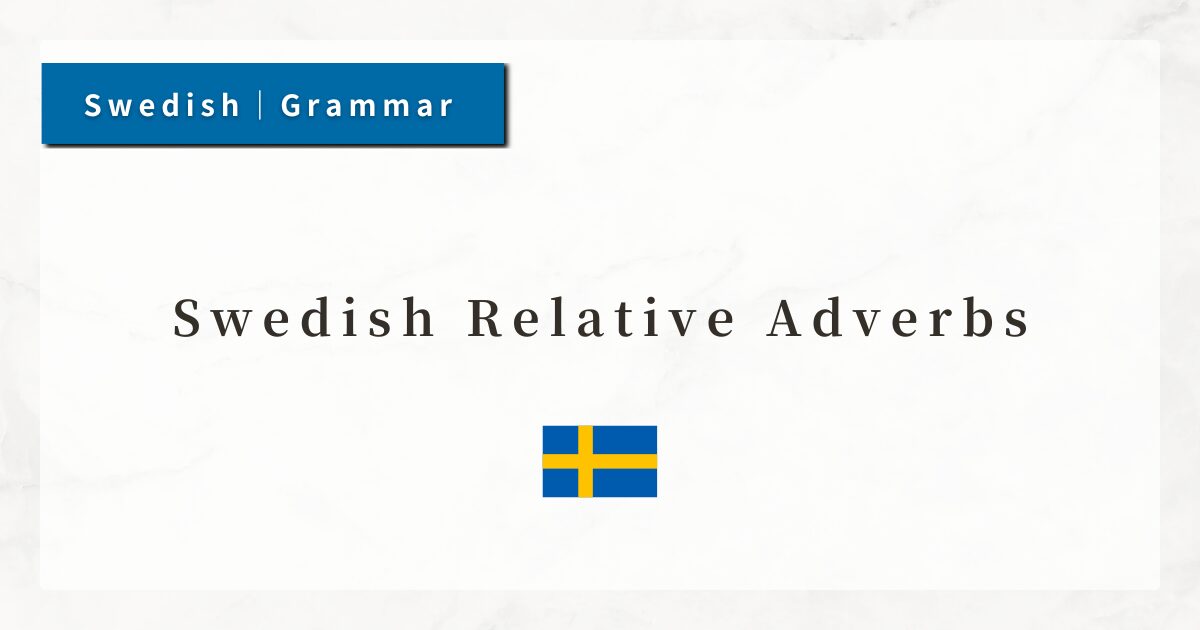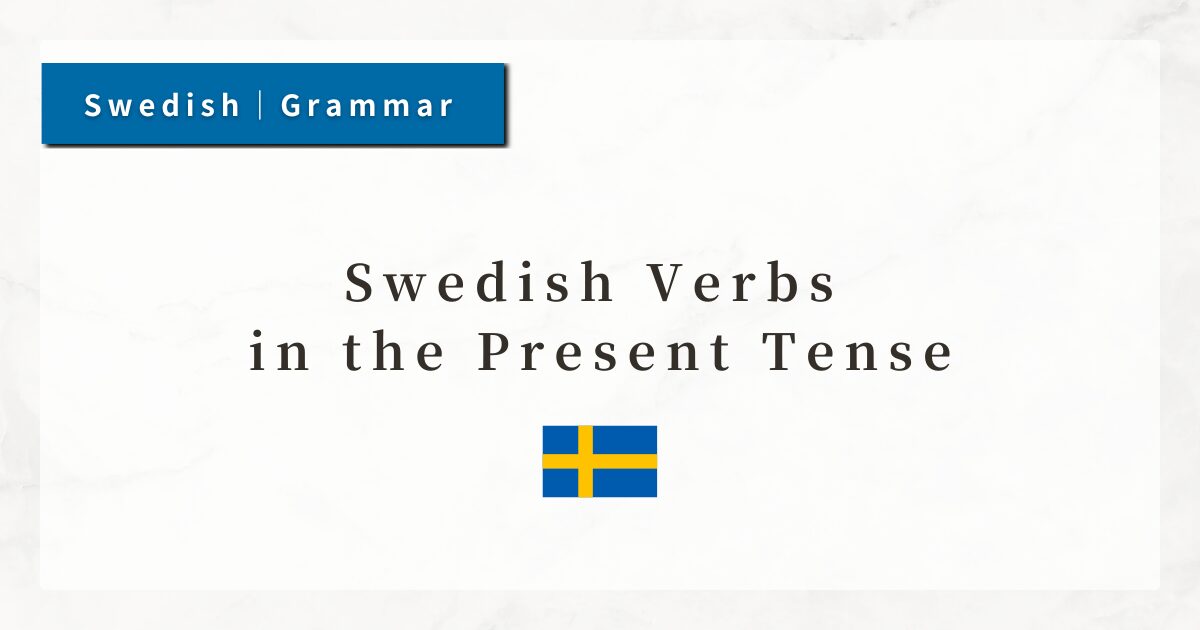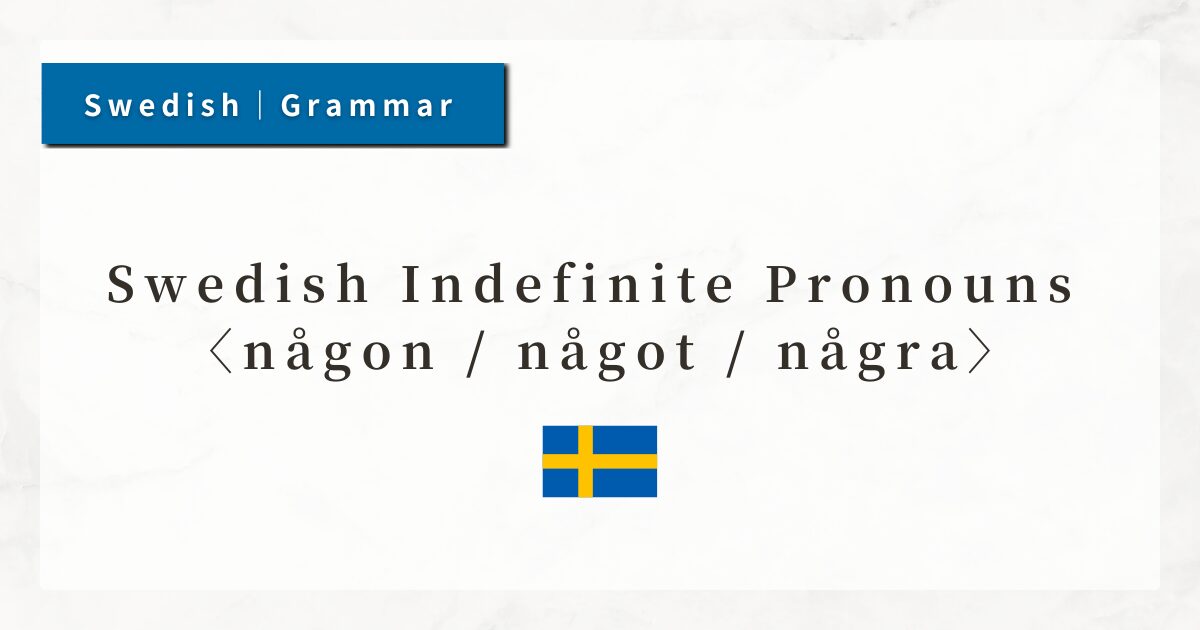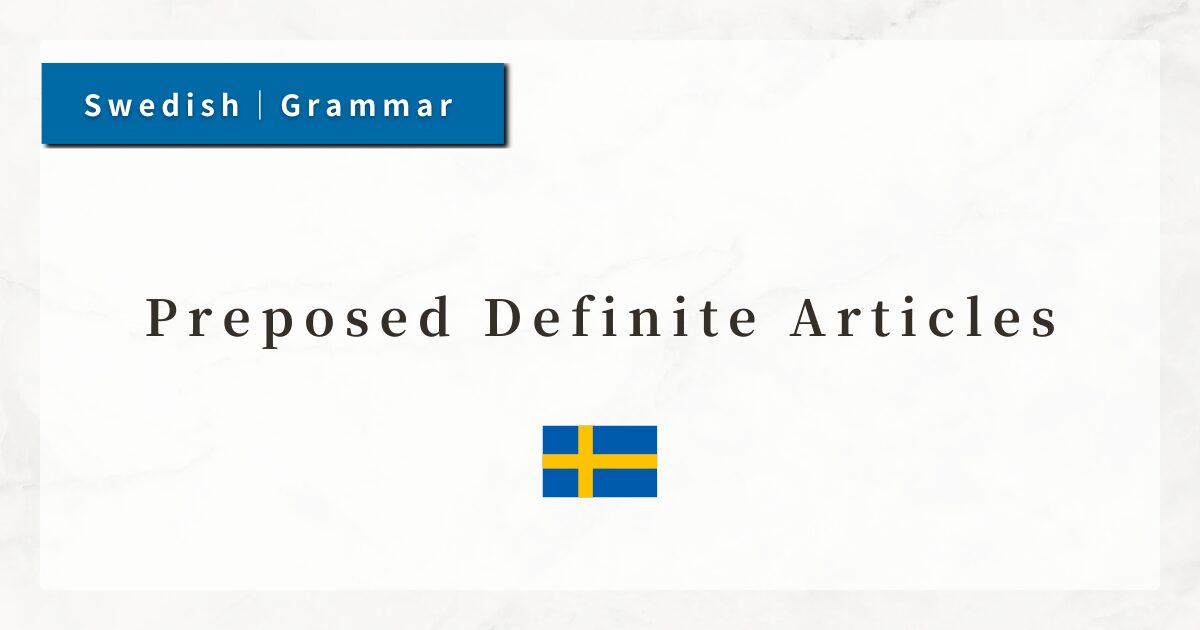#33 Swedish Reflexive Pronouns and Reflexive Verbs|Rules and Conjugation Guide

In Swedish, many expressions describe actions that one performs on oneself. Examples include “washing one’s face,” “getting dressed,” or “sitting down.” All of these involve doing something directed back at oneself.
In such cases, reflexive pronouns are used to make it clear that the action is directed toward the subject itself. Verbs that are used together with reflexive pronouns are called reflexive verbs, and they play an important role in Swedish grammar.
In this lesson, I will explain the rules and usage of reflexive pronouns and reflexive verbs.
1. Reflexive Pronouns
In Swedish, reflexive means that the subject of the action is also its object. In other words, the action is directed back at the subject.
A reflexive pronoun indicates that the object of the action is the subject itself. This corresponds to English pronouns such as myself, yourself, himself.
Swedish reflexive pronouns change according to the subject. For the third person singular and plural, sig is always used.
| Subject | Reflexive Pronoun |
|---|---|
| jag (I) | mig |
| du (you, sg.) | dig |
| han / hon / den / det (he / she / it) | sig |
| vi (we) | oss |
| ni (you, pl.) | er |
| de (they) | sig |
2. Reflexive Verbs
Reflexive verbs are verbs followed by a reflexive pronoun to indicate an action directed toward oneself. In English, this corresponds to expressions such as wash oneself.
In Swedish dictionaries, reflexive verbs are usually listed in the form att + infinitive + sig. It is important to interpret them as “to do something to oneself.”
Common Reflexive Verbs
| Reflexive Verb | Meaning | Example |
|---|---|---|
| tvätta sig | to wash (oneself) | Hon tvättar sig varje morgon. (She washes herself every morning.) |
| lägga sig | to lie down, go to bed | Jag lägger mig klockan tio. (I go to bed at ten o’clock.) |
| klä på sig | to get dressed | Barnet klär på sig själv. (The child dresses itself.) |
| sätta sig | to sit down | Var snäll och sätt dig. (Please sit down.) |
| kamma sig | to comb one’s hair | Han kammar sig framför spegeln. (He combs his hair in front of the mirror.) |
| känna sig | to feel (oneself) | Jag känner mig trött. (I feel tired.) |
3. Conjugation of Reflexive Verbs
When using reflexive verbs in sentences, the reflexive pronoun must agree with the subject.
Example with tvätta sig (to wash oneself) in the present tense:
| Subject | Verb + Reflexive Pronoun | Translation |
|---|---|---|
| jag | tvättar mig | I wash myself |
| du | tvättar dig | You wash yourself |
| han / hon | tvättar sig | He/She washes himself/herself |
| vi | tvättar oss | We wash ourselves |
| ni | tvättar er | You (pl.) wash yourselves |
| de | tvättar sig | They wash themselves |
The verb conjugates normally, but the reflexive pronoun changes according to the subject. This makes clear that the action is directed back to the subject.
4. Verbs That Change Meaning
Some verbs change their meaning significantly depending on whether they are used with a reflexive pronoun.
This is a characteristic feature of Swedish, and learners must pay attention to context.
| Verb | Meaning (non-reflexive) | Meaning (reflexive) |
|---|---|---|
| sätta | to put, to place | to sit down (sätta sig) |
| lägga | to put, to lay down | to lie down (lägga sig) |
| känna | to feel, to know | to feel (oneself) (känna sig) |
5. Word Order with Reflexive Pronouns
The basic word order with reflexive verbs is: Subject + Verb + Reflexive Pronoun + Other elements.
- Jag sätter mig på stolen.
(I sit down on the chair.) - Vi lägger oss tidigt.
(We go to bed early.)
In questions, the word order changes to: Verb + Subject + Reflexive Pronoun + Other elements?
- Sätter du dig här?
(Are you sitting here?)
In negative sentences, inte is placed after the reflexive pronoun:
- Jag sätter mig inte där.
(I am not sitting there.)
It is important to pay attention to word order and the placement of reflexive pronouns.
6. Summary
- Reflexive pronouns are used when the subject is also the object of the action.
- Reflexive verbs express actions directed toward oneself.
- Reflexive pronouns must change according to the subject.
- Common reflexive verbs include “wash”, “sit down”, “get dressed” and “lie down” which are often used in daily life.
- Some verbs change their meaning depending on whether or not they are reflexive.
- The typical structure is Subject + Verb + Reflexive Pronoun, and correct word order is essential.




